Narrow-band demodulation techniques, such as phase-sensitive detection using a lock-in amplifier, then allow the absorption information to be realized at DC. Because the signal has been moved to a high frequency via modulation, FMS avoids the typical limitations of absorption measurements such as laser-intensity fluctuations, which peak at DC and fall off roughly as 1/f, hence the name 1/f noise. Using this technique, absorption sensitivities can reach the part per million (ppm) level. For example, H2S has been detected at the ppm level in air,7 absorption of yttrium has been measured at the ppm level,5 and methane has been detected with a precision of 1ppb.8 As we will discuss later in this application note, further enhancements of the signal can be achieved by taking advantage of experimental geometries that cancel particular noise sources or undesirable aspects of the signal. Finally, if a reasonable level of attention is given to the optics and electronics, systematic errors can be suppressed and high accuracy can be achieved with FMS.9 This is important, for instance, when trying to determine the exact center of an absorption line. For many applications the center must be found to better than 0.1% of the linewidth.
FMS is particularly well suited to diode lasers such as the New Focus™ TLB-7000 Series, TLB-6000 Series and TLB-6300 Series external-cavity diode lasers because of their simple, yet powerful modulation capabilities. The main methods for achieving wavelength modulation (shown with the maximum modulation rates for the TLB-6900 Series lasers) include mechanically “dithering” the mirror (1.5 to 3.5 kHz), modulating the injection current into the diode (100 MHz), and using external phase modulators (10 GHz).
FMS can be broken down into two regimes: wavelength modulation (WM) and frequency modulation (FM). In the case of WM, the modulation depth is very large, generating a large number of sidebands, but the modulation frequency is low (<1 MHz); in the case of FM, the modulation depth is small but the frequency is very high (>100 MHz). We will discuss FM in this application note, but the physics of WM and FM are nearly identical.10 The methods discussed here have been used for atomic spectroscopy of Cs, Rb, K, Li, Ne, Pb, Tl, Y, Sr, and Ca. In addition, there are also numerous examples of diode lasers being used in molecular spectroscopy utilizing O2, I2, CO2, NO2, H2O, H2S, CH3, CH4 C2H2, CH3CH2OH, and others. Many applications, such as interferometry and frequency stabilization of lasers,11 benefit from virtually identical techniques. The narrow band transmission of a Fabry-Perot interferometer is quite similar to a narrow absorption line12 (Figure 2), so much of the discussion in this applications note is directly relevant to such a setup.
 Over 8,000 products in-stock! & FREE 2-Day shipping on all web orders!* Learn More FREE T-Shirt with orders $250+ Details
Over 8,000 products in-stock! & FREE 2-Day shipping on all web orders!* Learn More FREE T-Shirt with orders $250+ Details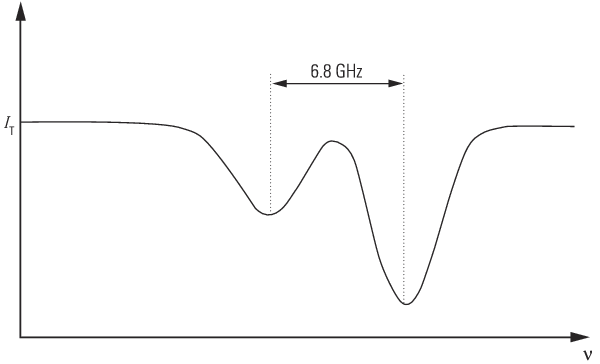

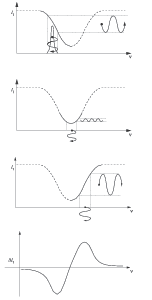

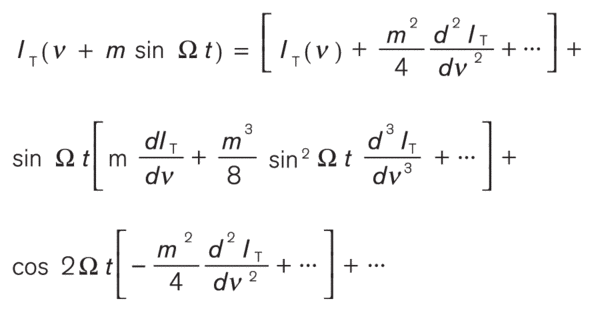
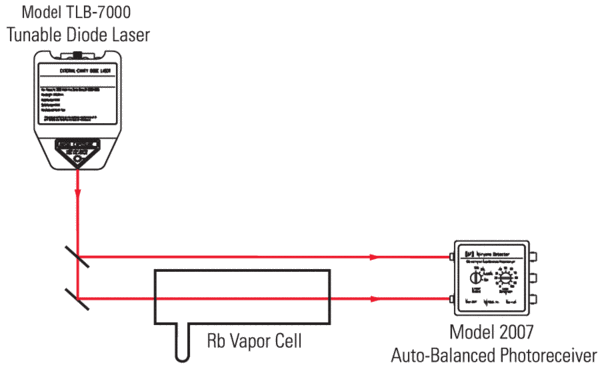


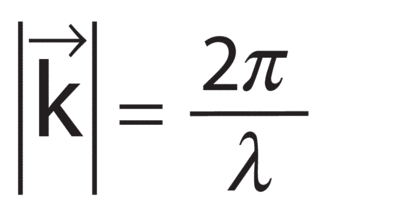
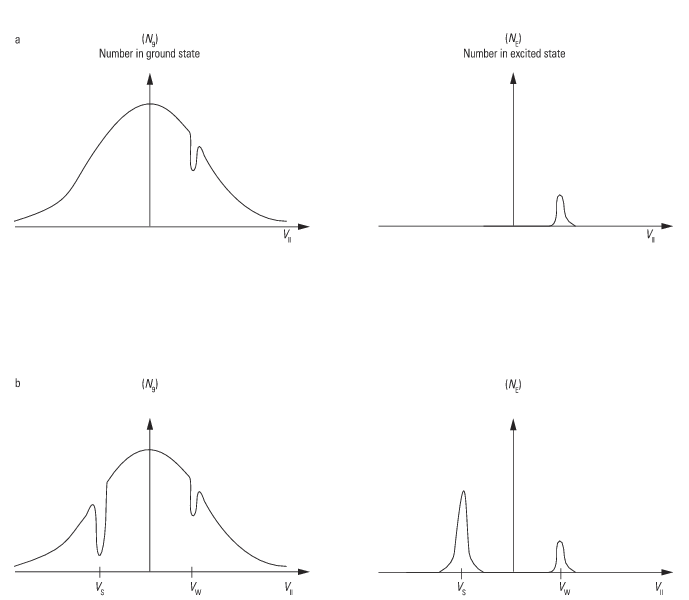
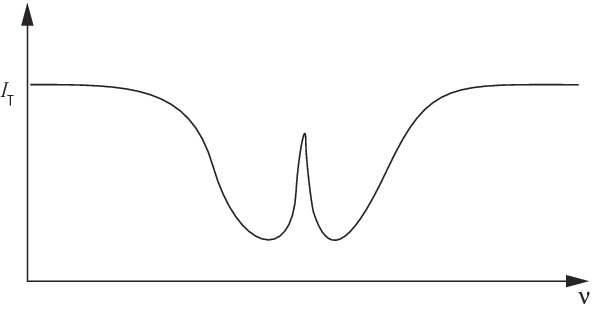
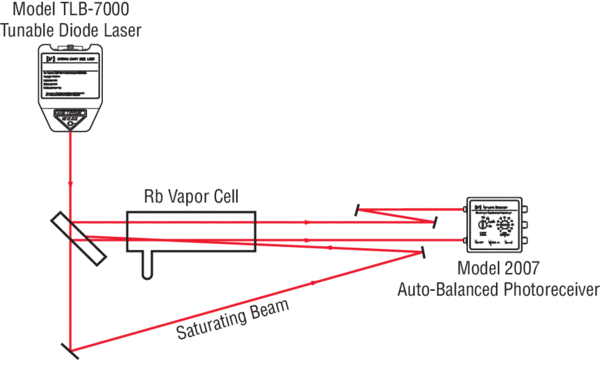

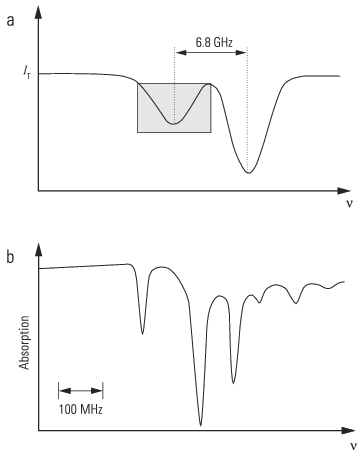
 Ultra-High Velocity
Ultra-High Velocity